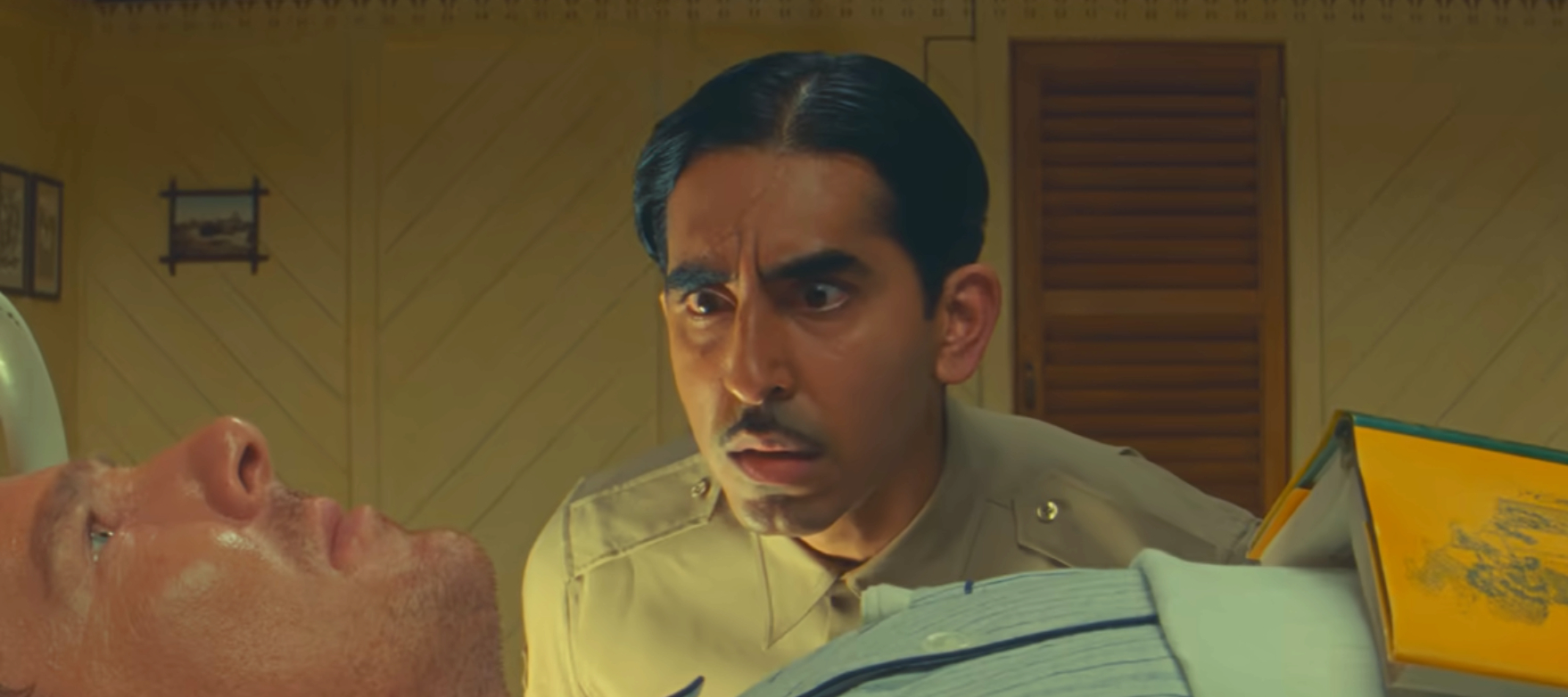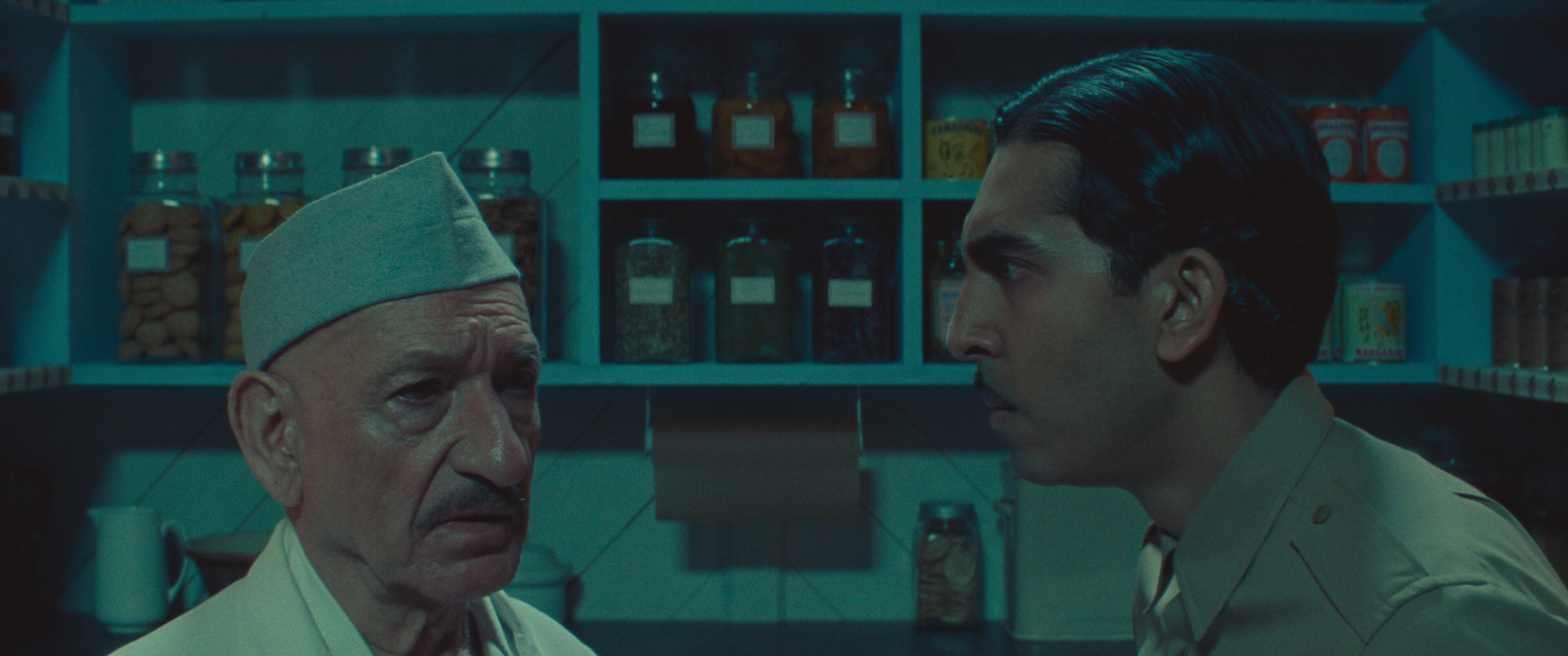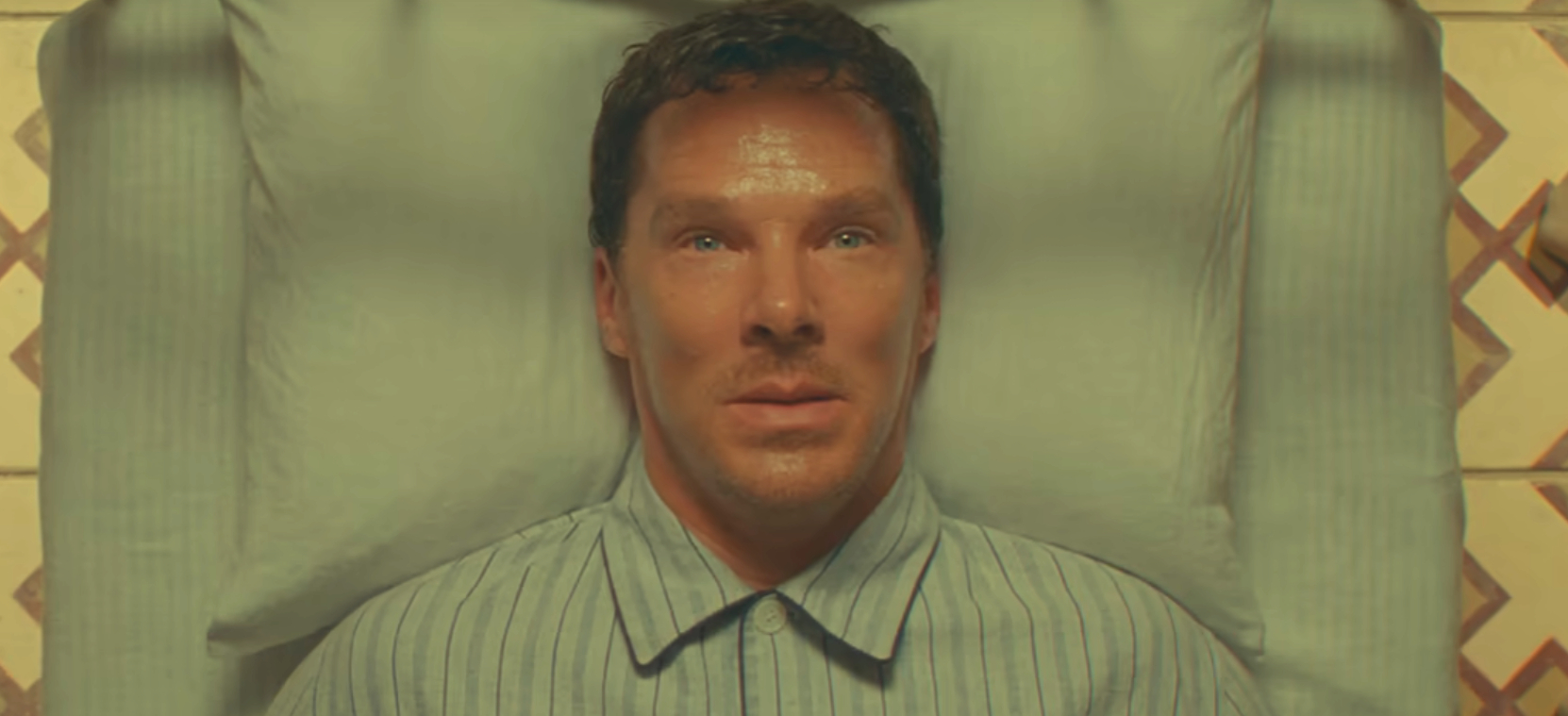Netflix’s ‘Poison’ has all the Wes Anderson flavors, which are carefully integrated into Roald Dahl’s source narrative, in abundance. Dr. Ganderbai and Woods try their best to save the life of British officer Harry Pope as a krait finds his way to the stomach of the latter. The Indian doctor and Woods then team up to use an anesthetic on the snake to remove it from the body of the officer. Their efforts in the face of danger lead to a puzzling revelation concerning the existence of the creature. So, what really happens to the snake? Well, here’s everything you need to know about the same! SPOILERS AHEAD.
Poison Ending: The Untouchable Snake
After seeing Harry Pope in agony, Woods calls Dr. Ganderbai to save the life of the former. The Bengali doctor rushes to the bungalow of Hope and Woods to administer an anti-venom to the British officer. After arriving at the place, he realizes that he has to do something to the snake to save the officer’s life. He sends Woods to his house to bring chloroform from his shelves to make the snake unconscious and stop it from biting the officer. Ganderbai, using a tube, then pours an enormous amount of chloroform into Pope’s stomach, hoping that the same will make the snake inactive.

Upon pouring the chloroform, Ganderbai and Woods join hands together bravely to take the sheet off Pope’s body, only to witness no snake on top of the British officer’s body, which indicates that Pope must have imagined or dreamed the snake. During the British Raj, India was known as the land of snakes and tigers. The stereotypical view was present in the minds of several British officers stationed in the country. The soldiers arrived in India, with or without reason, fearing getting bitten by a snake. Pope may not be an exception. He must have been living in India with the same fear.
Pope’s fear must have created a dream in which a snake crawled through his pajamas to lay asleep on his stomach. His fear of death must have paralyzed him from checking whether the snake was real or a creation of his mind. If that’s the case, it explains why the snake chooses not to bite the officer, especially a krait, which is known for biting human beings in similar situations. Therefore, it is possible that a snake never laid on Pope’s stomach in the first place to threaten his life. Having said that, an untouchable snake does exist in the scene but it resides inside Pope.

Pope is as vicious as a venomous creature, especially since he is a racist. When Ganderbai considers the possibility of Pope dreaming of the snake, the British officer gets offended. He mistakenly thinks that the Bengali doctor is accusing him of being a liar, only to call the latter a “brown sewer rat.” The racial venom inside his soul comes out and attacks Ganderbai, who quietly leaves the bungalow. Pope is nothing but a racist who thinks that he belongs to a superior race for an Indian to question or dispute his account. He transforms himself into an ungrateful snake when the doctor tries to conclude what really happened in the bungalow.
Ganderbai puts his life on the line to treat Pope wholeheartedly when he is informed that the British officer is fighting to stay alive. He doesn’t shy away from the danger, which he didn’t know never existed. As far as Ganderbai is concerned, walking to the British officer is risking his life and he does it for the latter. Considering the doctor’s actions, Pope owes an immense gratitude to the Indian doctor. Still, the British officer chooses to insult the doctor and banish the latter from his bungalow without even a word of thanks, which makes the racism in Pope’s mind the untouchable but venomous creature in the tale.
Read More: The Rat Catcher Ending: Why Don’t the Rats Eat the Poisoned Oats?






